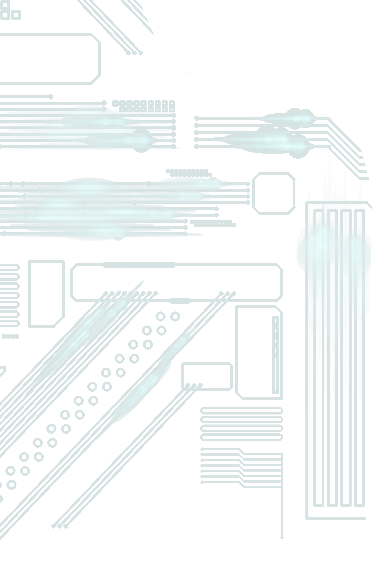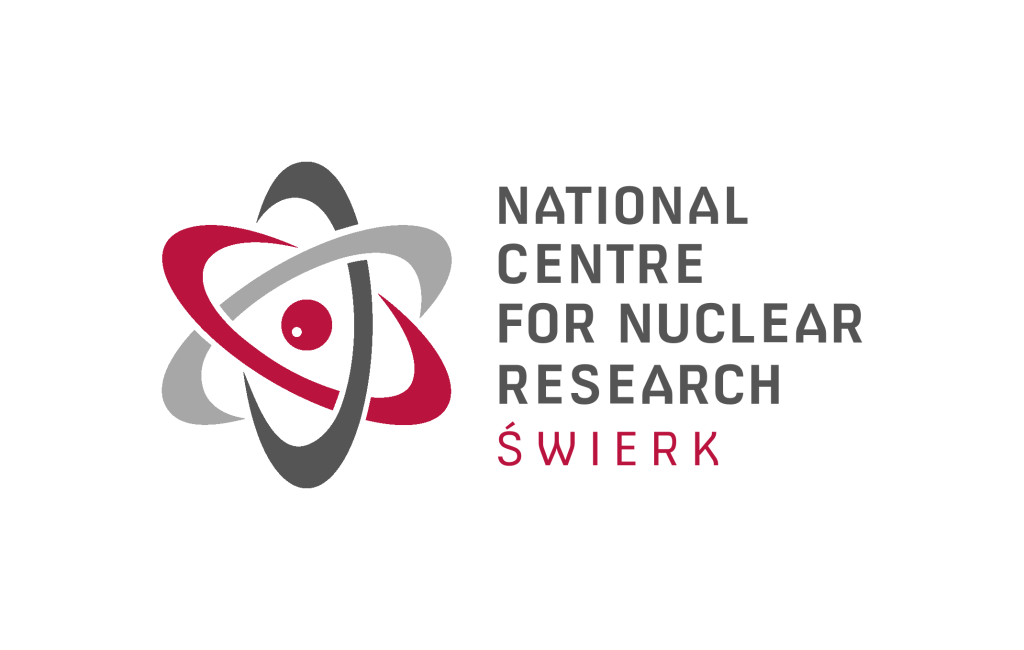VADIM ZHURAVLEV
INTERDISCIPLINARY CENTRE FOR MATHEMATICAL MODELLING
AND COMPUTER SCIENCE, UNIVERSITY OF WARSAW
SUPERVISOR: PH.D. MAREK MICHALEWICZ (ICM UW)
VADIM ZHURAVLEV
INTERDISCIPLINARY CENTRE FOR MATHEMATICAL MODELLING
AND COMPUTER SCIENCE
SUPERVISOR: PH.D. MAREK MICHALEWICZ (ICM UW)
Electron structure calculations of disordered TiO2 rutile on a vector computer

PROJECT OBJECTIVE
The thesis-master’s dissertation concerns the calculation of the electron structure of rutile (TiO2) on the NEC SX-Aurora TSUBASA vector computer. Performing this type of calculation for large systems, i.e. containing millions of atoms, in an efficient manner is a very expensive task in terms of computational resources and requires adaptation of existing software to work on the NEC hardware architecture. The task is performed by solving the Schrodinger equation with the tight-binding Hamiltonian, in the formalism of the equation of motion method.
Project objective
The main objective of the project is to carry out electron structure calculations of rutile (TiO2) on the NEC SX-Aurora TSUBASA vector computer in two variants:
(i) for a system not affected by structural defects and
(ii) for a system containing defects in the form of oxygen vacancies.
An existing implementation of the equation of motion method was used to complete the task.
The specific objective was to adapt the programme to work efficiently on the NEC vector architecture, optimise it, and perform performance and scaling tests on the new version of the programme.

PROJECT OBJECTIVE
The thesis-master’s dissertation concerns the calculation of the electron structure of rutile (TiO2) on the NEC SX-Aurora TSUBASA vector computer. Performing this type of calculation for large systems, i.e. containing millions of atoms, in an efficient manner is a very expensive task in terms of computational resources and requires adaptation of existing software to work on the NEC hardware architecture. The task is performed by solving the Schrodinger equation with the tight-binding Hamiltonian, in the formalism of the equation of motion method.
Project objective
The main objective of the project is to carry out electron structure calculations of rutile (TiO2) on the NEC SX-Aurora TSUBASA vector computer in two variants:
(i) for a system not affected by structural defects and
(ii) for a system containing defects in the form of oxygen vacancies.
An existing implementation of the equation of motion method was used to complete the task.
The specific objective was to adapt the programme to work efficiently on the NEC vector architecture, optimise it, and perform performance and scaling tests on the new version of the programme.


TASKS FOR THE SUPERCOMPUTER
01.
The project involved the use of an implementation of the equation of motion, which in its original version was designed to run on earlier generations of vector computers (including the Cray-2 and NEC SX-4). The NEC SX-Aurora TSUBASA architecture represents the latest model of the SX series and is thus the natural operating environment for the programme. Furthermore, at the time of the project, the only such platform in Poland was available as part of the ICM computing infrastructure.
02.
Calculations of the electron structure of rutile (TiO2) were performed using the equation of motion method. The work also included a software development process – adapting it to run on the new NEC hardware architecture (vectorisation, optimisation) – in addition to performance and scalability tests. Computations were carried out using eight vector computer extension cards (vector engines).
03.
The implementation of the equation of motion method was developed using tools dedicated to the NEC architecture and provided by the computer manufacturer: a Fortran language compiler, as well as libraries (MPI) and utilities for, among other things, performance analysis.
BENEFITS OF COOPERATION
The use of a vector computer to determine the electronic structure of materials yields results for systems on an unprecedented scale. The largest structures calculated contained more than 244 million atoms for a defect-free system and more than 30 million atoms for a system containing oxygen vacancies. These are much larger structures than have ever been achieved with an implementation of this method.
The ICM infrastructure provided the only NEC SX-Aurora TSUBASA computer.
244 million
ATOMAS IN THE LARGEST OBLIGATED STRUCTURE
30 million
ATOMES FOR A SYSTEM CONTAINING TLENE VACANCIES
EFFECTS
The project has resulted in a new version of the implementation of the equation of motion method, ‘EQMO’, adapted to work efficiently on the latest NEC vector computer. The programme development process and the results obtained are described in the body of the thesis.
Scientific outcomes:
V.Zhuravlev, M.Hermanowicz, M.T.Michalewicz
EQMO: Equation of motion method for efficient electronic structure calculations
Computer Physics Communications, vol. 267, October 2021, 108064
The publication: https://doi.org/10.1016/j.cpc.2021.108064
The programme: https://doi.org/10.17632/5m7jp4nb4y.1
The programme and its source code have been published in Computer Physics Communications (https://doi.org/10.1016/j.cpc.2021.108064) and are also available in a public repository under the GNU General Public License v3: https://git.icm.edu.pl/herman/eqmo
The programme forms the basis for further development work and, with appropriate modification, can be used for materials research for other, more complex systems.
244 million
ATOMAS IN THE LARGEST OBLIGATED STRUCTURE`
30 million
ATOMES FOR A SYSTEM CONTAINING TLENE VACANCIES
EFFECTS
The project has resulted in a new version of the implementation of the equation of motion method, ‘EQMO’, adapted to work efficiently on the latest NEC vector computer. The programme development process and the results obtained are described in the body of the thesis.
Efekty naukowe:
V.Zhuravlev, M.Hermanowicz, M.T.Michalewicz
EQMO: Equation of motion method for efficient electronic structure calculations
Computer Physics Communications, vol. 267, October 2021, 108064
The publication: https://doi.org/10.1016/j.cpc.2021.108064
The programme: https://doi.org/10.17632/5m7jp4nb4y.1
The programme and its source code have been published in Computer Physics Communications (https://doi.org/10.1016/j.cpc.2021.108064) and are also available in a public repository under the GNU General Public License v3: https://git.icm.edu.pl/herman/eqmo
The programme forms the basis for further development work and, with appropriate modification, can be used for materials research for other, more complex systems.













